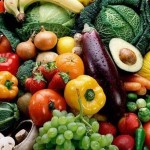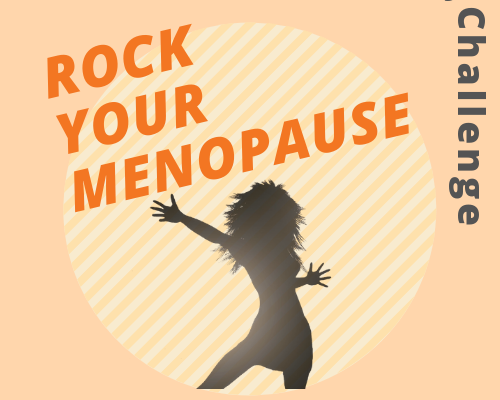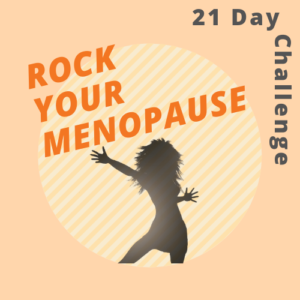Supporting the body’s natural healing response with medicinal mushrooms
For centuries, mushrooms have been used for their medicinal and therapeutic properties. The reported benefits of medicinal mushrooms include anti-inflammatory, immune-supporting, anti-cancer, antiviral, and antioxidant effects. Traditional Chinese Medicine formulas frequently incorporate medicinal mushrooms to help support the body’s natural healing processes, which in turn can help to protect the body against common, modern-day health concerns often associated with chronic inflammation.
Healthy vs. Chronic Inflammation
Simply put, inflammation is part of the human body’s complex response to remove injury, irritation, damaged cells, or pathogens. It is the body’s necessary and natural response to harmful stimuli.
A healthy inflammatory response typically involves temporary physical symptoms such as fever, pain, and swelling to aid in the healing process and restore the normal structure and function of the injured tissues. In other words, the body must temporarily inflame in order to anti-inflame.
“Temporary” is the key word here. Yet in our modern world, many harmful external stimuli – think chronic stress, environmental pollutants, overly processed diets laden with sugar and industrial seed oils, and a sedentary lifestyle – can contribute to prolonged inflammation in the body.
Chronic inflammation has been associated in part with the development of many common inflammatory conditions, including inflammatory bowel disease, arthritis, bronchitis, atherosclerosis, and certain autoimmune conditions. A strong link has also been established between prolonged inflammation and the development of certain types of cancers.
Risks of NSAIDS
These days, the use of non-steroidal anti-inflammatory drugs (NSAIDs) is the most common treatment for reducing inflammation in the body. But NSAIDs are not a viable long-term solution. Prolonged NSAID use been associated with harmful gastrointestinal side effects such as bleeding, ulcers, lesions, and intestinal perforation. Other serious side effects include liver and kidney damage, hypertension, and other cardiovascular complications.
But there are better ways to modulate chronic inflammation.
There is a growing demand for safe and effective alternatives to conventional anti-inflammatory treatments. Western healthcare providers and patients alike are increasingly turning to forms of plant-based treatments that Traditional Chinese Medicine practitioners have used for centuries – including medicinal mushrooms.
Among the most effective, potent, and well-studied medicinal mushrooms known for its anti-inflammatory and immune-supporting properties is the powerful reishi mushroom.
What is Reishi Mushroom?
Reishi mushroom is a fungus typically found in hot, humid locations around Asia. Also known as Ganoderma lucidum or Ling zhi, reishi mushroom has long been a staple in the traditional medical systems of China, Japan, Korea, and other Asian countries for its immune stimulating and other health-promoting effects.
Reishi contains molecules such as polysaccharides, triterpines, and pepdidoglycans – compounds that have been shown to have anti-inflammatory and immune-modulating properties.
While the mushrooms can be eaten fresh, they are commonly used as a powder or as an extract – forms that are more concentrated and therefore more effective for therapeutic use.
Health Benefits of Reishi Mushroom
Proper immune function is crucial to a healthy inflammatory response. And a healthy digestive system is vital for proper immune function. Over 70% of the human immune system resides in the gastrointestinal tract. So what we consume on a regular basis directly influences the health of our gut bacteria.
One of the most important benefits of reishi mushroom is that it supports immune function when consumed on a consistent basis. Reishi contains concentrated amounts of complex carbohydrates known as beta glucans polysaccharides, which are exactly what our healthy gut bacteria like to eat.
Reishi is considered to be an effective form of preventative natural medicine due to its immunomodulatory effects. Lab studies suggest that beta glucans may help stop the growth of abnormal cells. When animals were fed these compounds, some cells of their immune system became more active.
Reishi mushrooms also contain sterols that can act as precursors to hormones in the body, along with substances called triterpenes that may have blood pressure-lowering and anti-allergy effects.
Additionally, studies have shown that reishi may alter inflammation pathways in white blood cells, which are a critical part of the immune system. Research has shown that some of the molecules in reishi can increase the activity of white blood cells knows as natural killer (NK) cells, which are responsible for fighting infections and cancer in the body.
In particular, reishi has been shown to have anti-cancer and anti-tumor effects in patients with colorectal , breast , and ovarian cancers. This potent medicinal mushroom has also been shown to improve quality of life in some cancer patients by alleviating common side effects of chemotherapy, and in enhancing the efficacy of radiotherapy.
Extracts of reishi have been shown to be protective to the liver and kidneys – unlike conventional anti-inflammatories such as NSAIDs, which have been linked to liver and kidney damage.
Even healthy individuals can benefit from the anti-inflammatory properties of reishi mushroom. One study showed that reishi improved white blood cell function in athletes after exposure to stress , suggesting that it may help aid in recovery.
And let’s not forget that the immune system is often depressed after strenuous efforts such as hard workouts, races, and competitions. Reishi can be an excellent way not only to enhance recovery, but also to help stave off the colds and flus that can crop up following a hard training block or competition – a common pain point for athletes and other active individuals.
How to Choose a Reishi Supplement
So what do you look for in a reishi supplement? As with any supplement, not all reishi formulations are created equal. The concentration and efficacy of the beneficial compounds in these mushrooms vary widely based on factors such as sourcing, storage, processing, and cooking methods.
And yet, many herbal products companies have no idea how or where their ingredients were grown or processed.
Importantly, the health benefits of reishi are enhanced when combined with other herbs – a concept that Traditional Chinese Medicine practitioners have understood for centuries. Choosing an expertly blended formula of mushrooms and herbs that work synergistically is an excellent way to maximize the overall benefit to your health.
So how can you be sure that your reishi mushroom-based supplement is made with the highest standards for sourcing, quality, and efficacy?
There’s a reason that we work with Pacific Herbs – and have for years. Pacific Herbs’ formulations are made with the highest quality concentrated herbal granules, processed for maximum potency and effectiveness, ease of dosing, and cost savings compared to capsule products.
Pacific Herbs’ Immune Boost Herb Pack™ is a potent formulation of reishi mushroom and other synergistic herbs – and is the most concentrated herbal immune support extract available, at a 10:1 extract (i.e., one gram of the product is equivalent to 10 grams of dried herbs).
In other words, you would have to eat a lot of mushrooms to equal the amount of reishi found in a single teaspoon of Immune Boost Herb Pack™!
Pacific Herbs Immune Boost Herb Pack™ contains:
• 40% Reishi mushroom (Ling Zhi), which is high in polysaccharides that feed our good gut bacteria, and may help protect against oxidative stress.
• 30% Astralgus (Huang Qi), which has been shown to have immune protective and antioxidant effects.
• 30% Red Date, Ginger Root, and Licorice Root (“The Three Sweets”), which help balance the formula and improve absorption.
• NO fillers, binders, sugar, gluten, caffeine, magnesium stearate, artificial flavors, or preservatives. Ever!
All Pacific Herbs products are non-GMO, Kosher, and vegan, and organic and wild-crafted wherever possible. Certificates of Analysis are available to guarantee the quality and purity of every batch.
Now more than ever, there is a critical need to stay healthy and protect our loved ones. Supporting the body’s immune system and innate healing response is something that we can all do. Incorporating reishi and a synergistic blend of potent medicinal herbs into our daily lives is a great place to start.



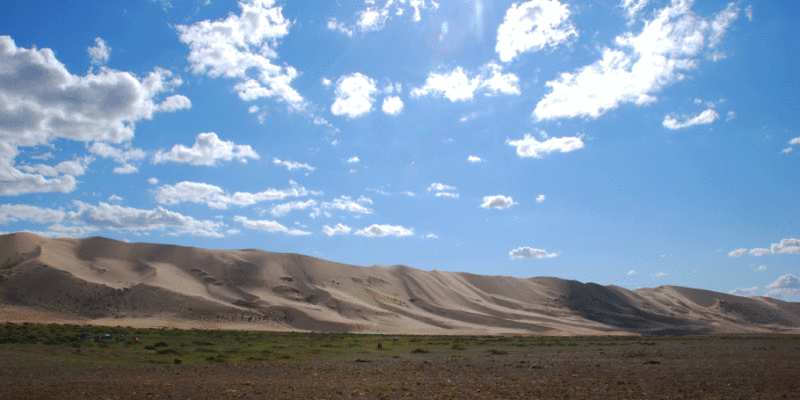
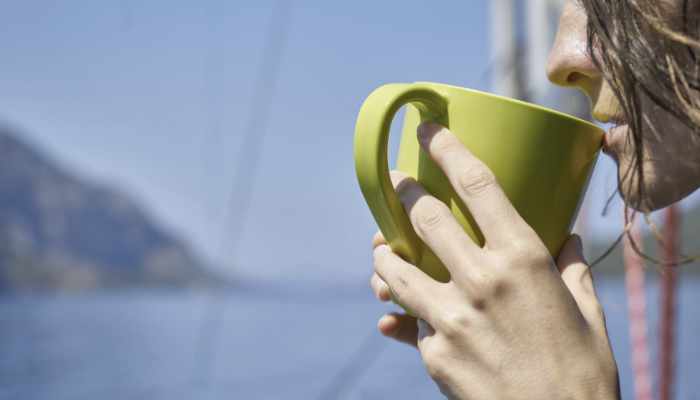
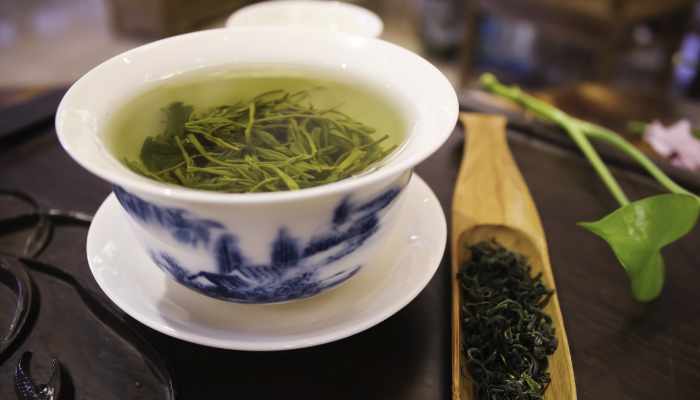 You may be wondering, is green tea good for menopause? Most of us have heard that green tea is good for us, but why? The answer is that drinking green tea provides many health benefits, including:
You may be wondering, is green tea good for menopause? Most of us have heard that green tea is good for us, but why? The answer is that drinking green tea provides many health benefits, including:





